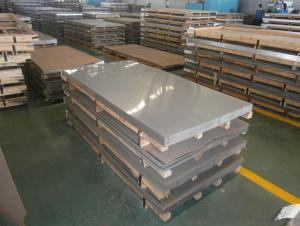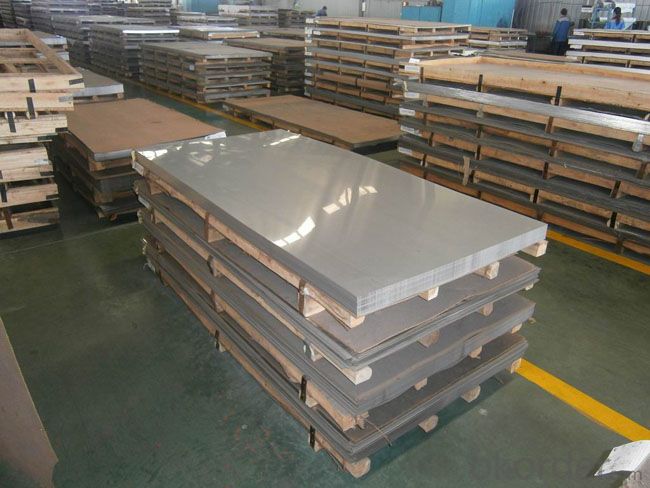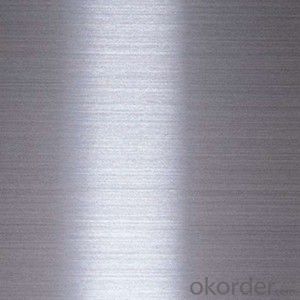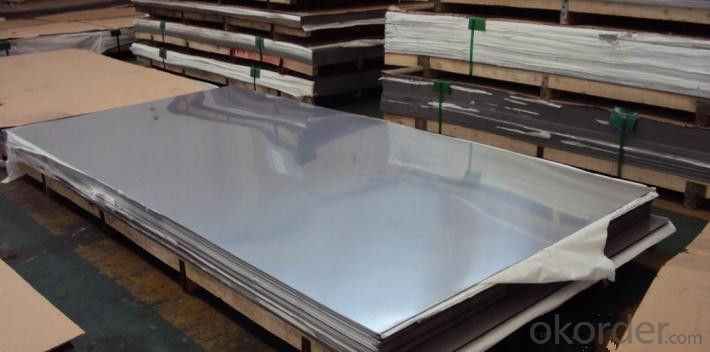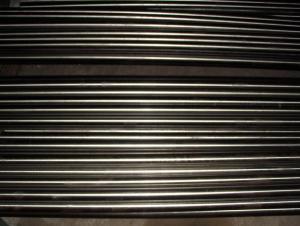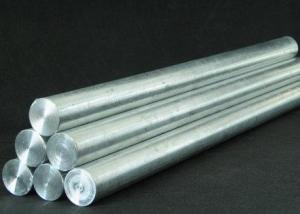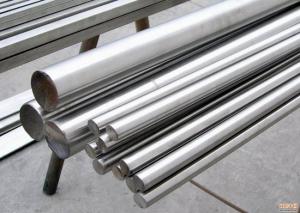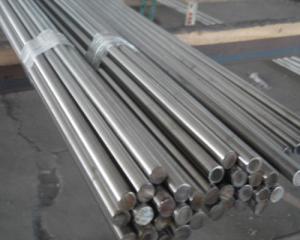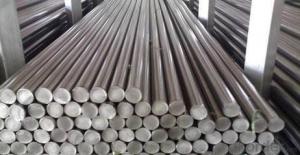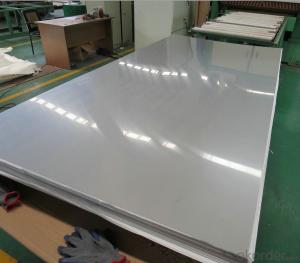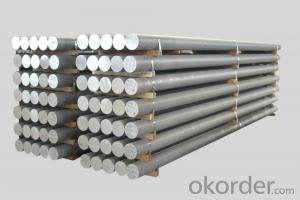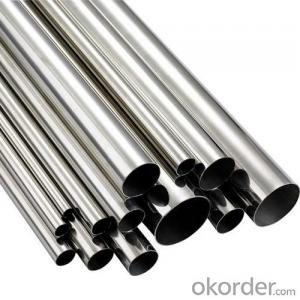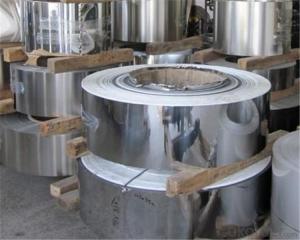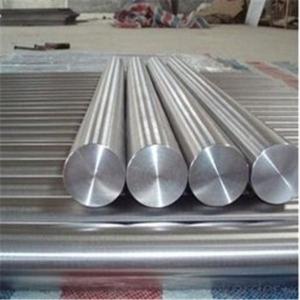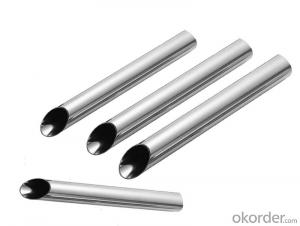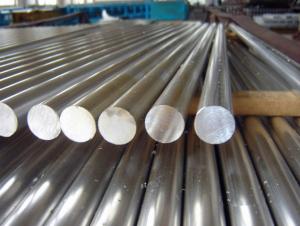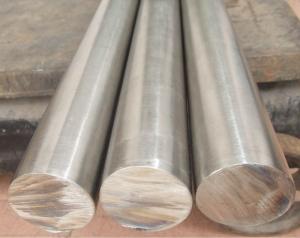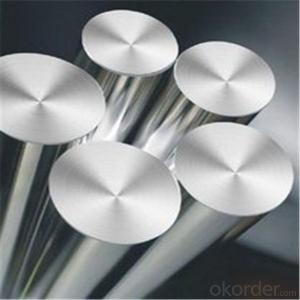selling manufacturers stainless steel china 304 316 316l
- Loading Port:
- Tianjin
- Payment Terms:
- TT OR LC
- Min Order Qty:
- 25 m.t.
- Supply Capability:
- 150000 m.t./month
OKorder Service Pledge
OKorder Financial Service
You Might Also Like
Specification
Best selling manufacturers stainless steel china 304 316 316l square pipe
All the materials are up to standard of GB, ROHS, SVCH.
We also accept the order of random length and other material's stainless steel pipes.
Our pipes are attractive and durable, that's the reason why we are the preferred supplier of Furniture, Handles, Sanitary Ware, and Medical Devices.
Product Details of Stainless Steel Pipe:
| Name | stainless tube |
| Standard | ASTM A554,A249,A269,A270,A312 |
| Material Grade | 201,202,304,316,316L,430 |
| Main Material | 201: Ni 0.8%~1%,202: Ni 3.5%~4.5%,304: Ni 8%,Cr 18%,316: Ni 10%,Cr 18%,316L: Ni 10%~14%,430: Cr 16%~18% |
| Outer Diameter | 8mm-76.2mm |
| Thickness | 0.5mm-1.5mm |
| Length | 6m or according to customers's request |
| Tolerance | a)Outer Diameter :+/- 0.1mm b) Thickness:+/- 0.02mm c) Length:+/- 5mm |
| Surface | 180G,240G,320G Hairline,400G,600G Mirror finish |
| Application | handrail,railing,staircase,weldmesh screen,door,window,balcony,fence,bench,furniture,ect. |
| Test | Squash test,extended test,water pressure teat,crystal rot test,heat treatment,NDT |
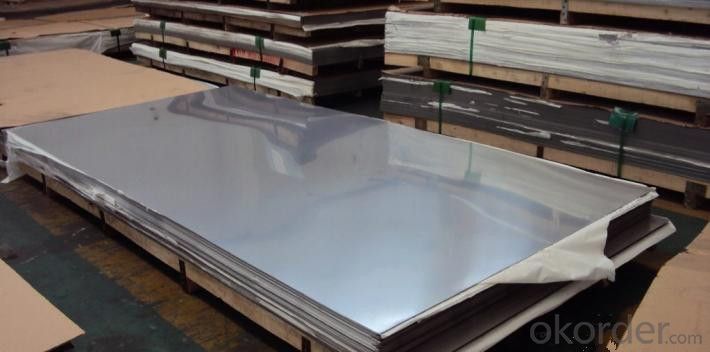
Know more about trade...
Payment term: 1. 30% T/T in advance, and the balance against B/L copy
2. 100% irrevocable LC at sight.
Shipment date: Within 15-20 days after advance payment or receipt of LC
Trade term: 1. FOB Shanghai port, China.
2. CIF Discharging port
Guarantee& Service: Mill Test Certificate is supplied with shipment, and Third Part Inspection is acceptable.
Packing: standard export packing (plastic package to prevent water or plywood case to strengthen package)
- Q: How do stainless steel bars resist phosphoric acid?
- Stainless steel bars have an inherent resistance to phosphoric acid due to the composition and properties of the material. Stainless steel is primarily made of iron, chromium, and nickel, with other elements added in smaller quantities to enhance specific characteristics. The high chromium content in stainless steel creates a protective oxide layer on the surface, known as the passive layer. This passive layer acts as a barrier, preventing the phosphoric acid from directly contacting the underlying steel. Chromium forms a stable oxide film that is highly resistant to corrosion, providing excellent protection against phosphoric acid. Furthermore, stainless steel bars also contain nickel, which enhances the corrosion resistance of the material. Nickel helps to stabilize the passive layer and provides additional protection against acidic environments, including phosphoric acid. In addition to its chemical composition, stainless steel bars are also known for their mechanical properties, including high strength and durability. These properties make stainless steel bars more resistant to the physical impact of phosphoric acid, minimizing the risk of damage or corrosion. Overall, the combination of chromium, nickel, and other elements, along with the mechanical properties of stainless steel bars, contribute to their excellent resistance to phosphoric acid. This makes stainless steel bars a preferred choice in applications where exposure to phosphoric acid is expected, such as in chemical processing, food and beverage industries, and various other corrosive environments.
- Q: What is the difference between hot rolled and cold rolled stainless steel bars?
- The manufacturing process and resulting properties of the final product distinguish hot rolled stainless steel bars from cold rolled ones. Hot rolled bars are made by heating a stainless steel billet or ingot above its recrystallization temperature and shaping it using rolling or extrusion techniques. This yields a product with a rougher surface finish and larger dimensional tolerance. The high temperatures involved in this process create a dark scale on the surface. In contrast, cold rolled bars are produced by subjecting hot rolled bars to further processing, typically using cold rolling mills. This involves passing the material through rollers at room temperature, reducing its thickness and improving the surface finish. The result is a product with a smoother surface finish, tighter dimensional tolerances, and improved mechanical properties such as increased strength and hardness. Generally, hot rolled stainless steel bars are more cost-effective and suitable for applications where surface finish and dimensional tolerances are not crucial. They are commonly used in construction, industry, and structures. On the other hand, cold rolled stainless steel bars are preferred for applications that require precise dimensions, a smoother surface finish, and enhanced mechanical properties. They are commonly used in automotive, aerospace, and food processing industries, where high-quality and precise components are necessary.
- Q: Are stainless steel bars resistant to atmospheric conditions?
- Yes, stainless steel bars are highly resistant to atmospheric conditions. The chromium content in stainless steel forms a protective layer that prevents corrosion and rusting, making it ideal for withstanding various weather conditions.
- Q: Can stainless steel bars be engraved?
- Yes, stainless steel bars can be engraved.
- Q: Are stainless steel bars resistant to nitric acid corrosion?
- Generally, stainless steel bars exhibit resistance to corrosion caused by nitric acid. Nitric acid is a highly corrosive substance; however, stainless steel contains a significant amount of chromium, which creates a protective layer on its surface. This layer, referred to as the passive layer, acts as a barrier between the stainless steel and the corrosive environment, preventing the acid from reaching the underlying metal. Nonetheless, the degree of resistance to nitric acid corrosion may vary depending on the stainless steel's grade and composition. Certain grades, like 304 and 316, display exceptional resistance due to their elevated levels of chromium and nickel. Consequently, selecting the appropriate grade of stainless steel is vital to ensure optimal resistance to nitric acid corrosion in specific applications.
- Q: Can stainless steel bars be used in the power plant manufacturing industry?
- Indeed, the power plant manufacturing industry can utilize stainless steel bars. Stainless steel, renowned for its durability, resistance to corrosion, and capacity to withstand extreme temperatures, is a favored material in various applications within the power plant sector. The construction of power plant equipment, including boilers, heat exchangers, and pressure vessels, often involves the use of stainless steel bars. These bars also find utility in the fabrication of essential components like turbines and generators. Moreover, stainless steel bars conform to industry guidelines and regulations, ensuring their dependability and safety in power plant manufacturing.
- Q: Can stainless steel bars be used in the manufacturing of heat treatment fixtures?
- Yes, stainless steel bars can be used in the manufacturing of heat treatment fixtures. Stainless steel is known for its excellent resistance to high temperatures and corrosion, making it a suitable material for heat treatment applications. The durability and strength of stainless steel bars ensure that the fixtures can withstand the extreme conditions involved in the heat treatment process.
- Q: What are the common sizes of stainless steel bars?
- Common sizes of stainless steel bars can vary depending on the specific application and industry requirements. However, some of the most common sizes of stainless steel bars include diameters ranging from 1/8 inch (3.175 mm) to 12 inches (304.8 mm). The lengths of stainless steel bars can also vary but commonly range from 10 feet (3.048 meters) to 20 feet (6.096 meters). Additionally, stainless steel bars are available in various shapes such as round, square, hexagonal, and flat, with each shape having its own set of standard sizes. It is important to note that these sizes are just a general representation and specific sizes may be available based on the manufacturer and distributor.
- Q: Are stainless steel bars suitable for chemical processing applications?
- Stainless steel bars are indeed appropriate for chemical processing applications. Renowned for its outstanding resistance against corrosion, stainless steel demonstrates remarkable durability against chemical reactions and harsh surroundings. Moreover, it can endure high temperatures and pressures, rendering it an optimal material for chemical processing tools like tanks, reactors, and pipes. Furthermore, stainless steel bars can be effortlessly cleaned and sterilized, a crucial aspect in upholding the purity and integrity of chemical procedures. All in all, stainless steel bars present themselves as a trustworthy and long-lasting option for chemical processing applications.
- Q: Are stainless steel bars resistant to pitting?
- Yes, stainless steel bars are resistant to pitting.
Send your message to us
selling manufacturers stainless steel china 304 316 316l
- Loading Port:
- Tianjin
- Payment Terms:
- TT OR LC
- Min Order Qty:
- 25 m.t.
- Supply Capability:
- 150000 m.t./month
OKorder Service Pledge
OKorder Financial Service
Similar products
Hot products
Hot Searches
Related keywords
